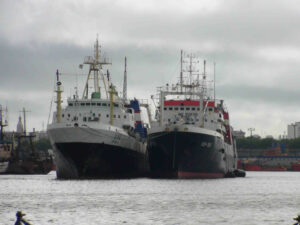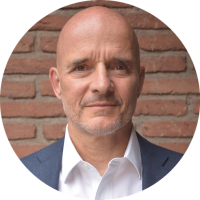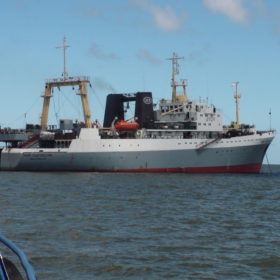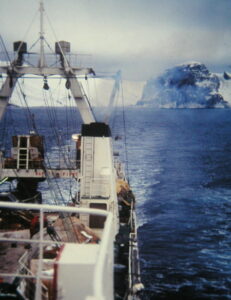 March, 2011 By Mike Urch, SeafoodSource contributing editor Krill was hailed as the “star of the show” at the Global Organization for EPA and DHA Omega-3 (GOED) conference held in Salt Lake City, Utah, at the end of January.
Delegates were told that oil extracted from the tiny shrimp-like crustacean has seen the greatest growth of all sources of the omega-3 fatty acids so essential to human health.
The global market for omega-3 ingredients in 2009 was worth more than USD 1.4 billion, and the value is increasing, according to Christopher Shanahan, senior industry analyst and consultant for business research and consulting firm Frost & Sullivan. Demand that year was for 85,673 tons, and this figure is also increasing, he said. Krill (Euphausia superba) is found in huge quantities in South Antarctic waters, where it is fished by vessels from a miniature United Nations. Catches in the Southern Ocean had averaged around 120,000 tons per season for the last five seasons (2004-05 to 2009-10), but increased fishing, mostly by Norwegian operators, and later by Chinese companies, during the past two to three years has pushed up the total quantity caught to 210,000 tons by 2010. Dimitri Sclabos, general manager of Tharos, a consultancy based in Chile that has been advising on the utilization of krill in the Southern Ocean for almost 20 years, believes that the Norwegian vessels, as well as the increased Chinese fishing effort, will push up the amount of krill caught to 300,000 tons. And herein could be a problem. “There is a very fine balance in the ecosystem in the region,” he said. “Krill are at the bottom of the food chain, and a number of other marine species feed on them.” There have been numerous attempts to utilize krill for direct human consumption. A frozen krill meat product developed by Top Ocean, an Alaska-registered company, even won an award at the International Boston Seafood Show in 2002. However, the product was discontinued and there has only been limited success at developing other krill meat products. Krill oil, on the other hand, which is currently extracted on shore from either frozen whole krill or dried krill meal, is already used as a dietary supplement in softgel and other capsule formats. It has a whole range of dietary and other purposes: clinical nutrition, animal and pet food, pharmaceutical, infant nutrition, and food and beverages. The oil is rich in eicosapentaenoic acid (EPA) and docosahexaenoic acid (DHA), the long chain omega-3 polyunsaturated fatty acids that help prevent coronary heart disease, plus serious ailments such as depression, arthritis, eczema and ADHD (behavioural disorders), according to medical experts. Krill oil also has high levels of phospholipids, which are a major component of cell membranes, and astaxanthin, a powerful antioxidant. Sclabos believes that its “outstanding medical properties and immense potential in the lucrative nutraceutical market” has become the driver for the future utilization of krill. “As krill fishing operators look for the highest profitable contribution from every fished ton of krill — and these will come from high value food/pharma grade oils, special taste enhancers and some specific food-grade applications — they will divert krill processing away from standard quality meals,” he said. “They will work toward these highly valued end krill products including food-grade whole raw frozen krill, special mixes of proteins and lipids, and white tablecloth food-grade meats.” New technologies, such as a non-solvent oil extraction process developed by Tharos, will be used to target cost effective and better processing yields, highest end product quality and better biological profiles, said Sclabos. “There will be technologies which will enable krill oils to be richer in omega-3 fatty acids and contain more phospholipids, compared with current oils produced using other techniques. These oils will also contain more astaxanthin,” he added. The future looks bright for krill, but only if fishing can be contained within sustainable limits. |







